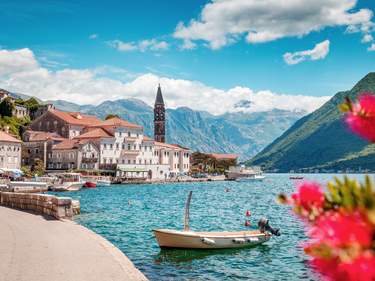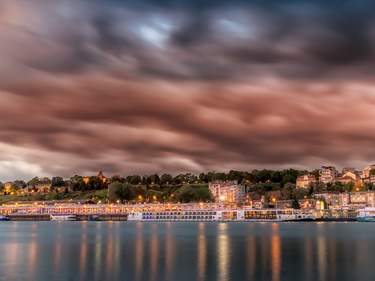25. Visit Mljet National Park
There’s no official entrance point to the Mljet National Park and by the time you arrive in Polače or Pomena you’re already well inside it. The park’s main attractions are its two forest-shrouded “lakes” (actually inlets connected to the sea by narrow channels), Malo jezero (Small Lake) and Veliko jezero (Big Lake), which together form a stretch of water some 4km long.
Both are encircled by foot- and cycle paths, and the clear, blue-green waters are perfect for bathing. If Polače is your point of arrival, it’s possible to walk over to the lakes by road or by a well-signed forest path (via the 253m Montokuc hill) in about 45 minutes. From Pomena, Malo jezero is ten minutes’ walk south, by way of a stone-paved footpath that heads over a wooded ridge just up from the port.
Once you hit the shore of Malo jezero, it’s another ten-minute walk to Mali most (Little Bridge), spanning the channel feeding into Veliko jezero, edged by magnificently soothing, tree-shaded pathways. Continuing along the bank of Veliko jezero takes you through fragrant mixed woodland before arriving at Soline, a cluster of houses presiding over a flat valley floor.
Top tip: discover the south Dalmatian islands of Mljet National Park on an adventurous day tour filled with biking, snorkeling, kayaking, walking, cave exploring, and a lot of fun.
Where to stay near Mljet National Park:
- Hotel Odisej: bland inside but beautifully located, this prim collection of whitewashed modern blocks contains a collection of ensuite rooms with a/c and TV. There is a café, restaurant and sports rental facilities on site










_listing_1618090225076.jpeg)










_listing_1618089877244.jpeg)










































